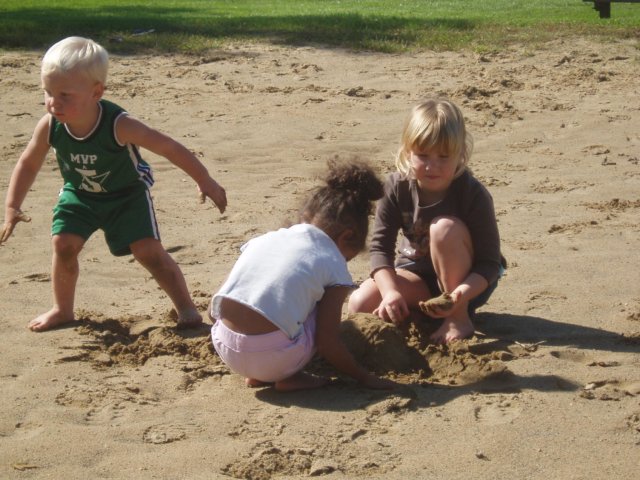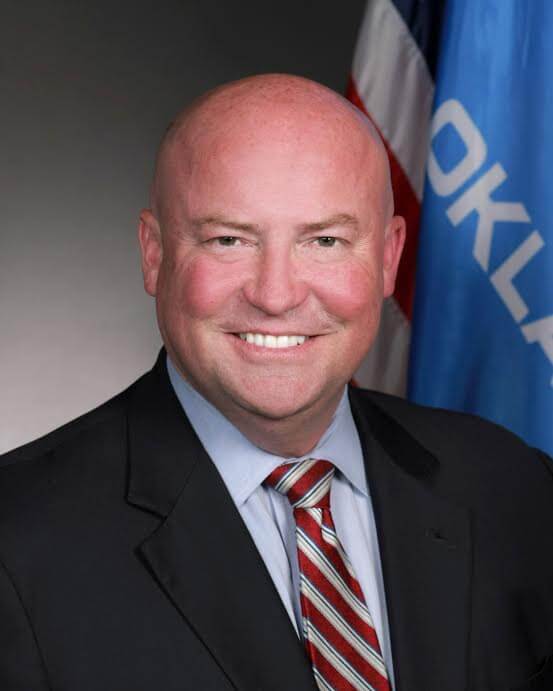
Oklahomans are an aspirational people. We believe in the power of hard work to transform our lives and transform our communities. We have stories we tell ourselves to support that idea: pioneers who founded Oklahoma City in a day, energy industry leaders who rose from poverty to become immensely successful, and athletes who inspired millions. This is the Oklahoma many of us know and love and are proud to call home.
Sadly, it is an unfamiliar place for some of our residents, especially for children of color, many of whom grow up in poverty with very little opportunity to escape it. The stories listed above, in other words, may ring true for you, but they remain empty promises for many Oklahoma kids.
Family wealth disproportionately favors white children
Great communities can overcome great obstacles — and I believe Oklahoma is great — but first we need to recognize some hard truths. That starts with understanding that a significant portion of our minority and immigrant families face challenges that would be rightly defined as “crises” if they were affecting our majority white population on the same scale.
For instance, 63 percent of white children come from families that earn more than 200 percent of the poverty level. That level of family earnings, however, applies to just 37 percent of African-American children, 36 percent of American Indian children and 33 percent of Hispanic children. Simply put, most children of color grow up poor.
Public education exacerbates disadvantages
The solution to that income gap is supposed to be public education, but Oklahoma’s cash-starved schools struggle to help any of our children (much less children from disadvantaged backgrounds) perform at grade level. For instance, while 37 percent of white children score “proficient” or above in fourth-grade reading, less than half as many African-American children do. High school graduation rates show similar racial disparities. The sad truth is that we have failed to support an educational system capable of leveling the playing field for Oklahomans born into poverty.
Children of immigrants: A bright spot in Oklahoma
The findings above are culled from Race for Results: Building a Path for Opportunity for All Children, a report designed to be released every three years since 2014 by the Annie E. Casey Foundation, a national partner of the Oklahoma Institute for Child Advocacy. The data demonstrate just how wide the opportunity gap stretches between different races.
The report also reveals a bright spot for Oklahoma in the outlook for children of immigrant families. While those children face many of the same additional obstacles that affect other minority children, they are successfully closing the career and education gaps later in life. In fact, 88 percent of the children belonging to foreign-born families are working or attend school as young adults ages 19 to 26 compared to just 81 percent of children in U.S.-born families.
A great deal of the credit for that success can be assigned to the stability of immigrant families, as children in foreign-born families are significantly more likely to grow up in two-parent households than children in U.S.-born families. Unfortunately, that progress could all be undermined if the federal government decides that deporting undocumented children and parents is more important than ensuring they have a path to citizenship in a reasonable time and, just as importantly, a path to becoming educated, productive adults that actively contribute to our economy.
So, where do we go from here?
Let’s start by acknowledging that Oklahoma has a problem. Like the rest of the country, too many of our children’s futures are determined by skin color and ZIP code.
Next, let’s be honest about how we got here: Our schools are wildly underfunded, with many moving to four-day weeks. Our health care services, especially in rural areas, are crumbling. Our criminal justice system is too quick to break up families and send moms and dads to jail for non-violent crimes, many related to substance abuse. And, despite our commitment to community and compassion, we have at times embraced policies and politicians who are openly hostile to immigrants.
All of these are fixable problems, if our voters demand they be fixed.






















